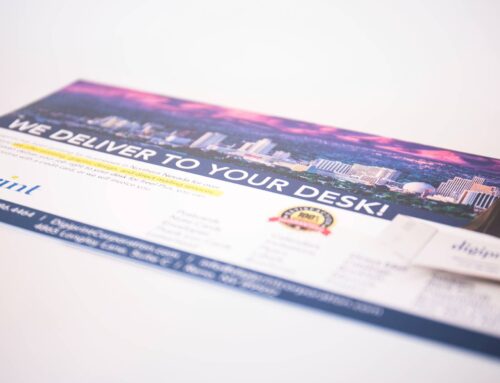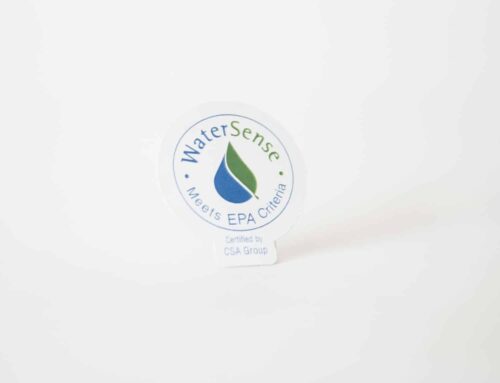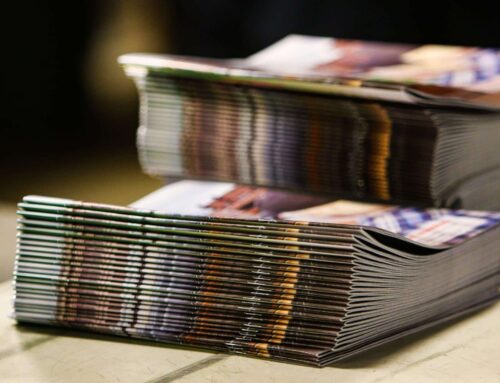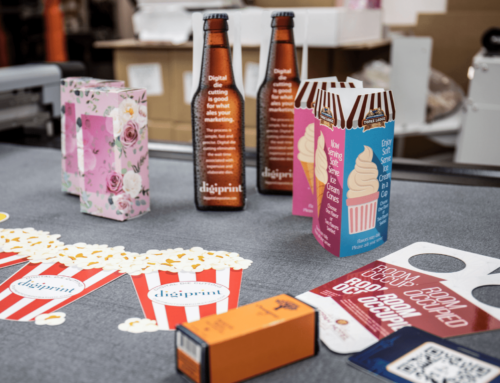One of the best ways to market your business or the products you produce is with printed catalogs. According to research by Xerox-InfoTrends, The Mail Moment, and the United States Postal Service, 69% of catalogs are opened and read, and the average time spent reading a catalog is 30 minutes. In addition, 57% of people prefer printed catalogs over catalogs viewed online.
Fortunately, with today’s digital printing technology, catalogs are affordable and easy to produce, even in short quantities. Digital printing’s unsurpassed quality and fast turnaround time means that once your catalog design is finished, you can have your printed catalogs in just a few days. A well-designed and printed catalog gives your customer an excellent first impression of your company, and conveys professionalism and competence.
When we refer to catalogs, we are talking specifically about sheets of paper that are folded in half and stitched on the spine. The number of pages in the catalog will depend on how much information you need to share with your customers. Because of the printing process, the number of pages in a catalog is always divisible by four. Visualize a piece of paper folded in half. The front panel will be page one. Open-up the paper and the inside left panel will be page two, and the inside right panel will be page three. Fold the paper again and the back panel will be page four. If you have two sheets of paper folded in half and stitched, you have an eight-page catalog; three sheets of paper will yield a twelve-page catalog; four sheets of paper will yield a sixteen-page catalog, etc.
Catalogs can come in many different sizes. The most common page size is 8 ½ x 11, but other sizes such as 9 x 12, 6 x 9, or 8 ½ x 5 ½ are easy to produce. When ordering catalogs, we usually specify the quantity, sheet size and the number of pages. For example, you might say, “What would the cost be to print 100, 8 ½ x 11, 12-page catalogs?”
The next consideration is paper stock. A text weight glossy stock is very common, probably because pictures and graphics tend to look good on glossy stocks. If you don’t like the glossy look, satin (or dull) stocks are available and they also look terrific. If you want a thicker stock, cover stocks are an option. A catalog produced on a light-weight cover stock feels more substantial and will probably last longer than catalogs printed on light weight stocks.
Some catalogs use the same paper stock on all pages, and we refer to these as “self-cover” catalogs. Other catalogs have a different stock for the cover than for the inside pages. This will give the catalog a stronger feel and more durability, but will cost slightly more to produce.
Probably the most important consideration when printing a catalog is the design of the catalog. The best print technology can’t make a bad design look good! A good design by a skilled graphic artist is worth every dollar you spend. If you want to amaze and dazzle your customers with your company’s services or products, invest in a good design. You won’t regret it, and your customers will remember you and your products!





